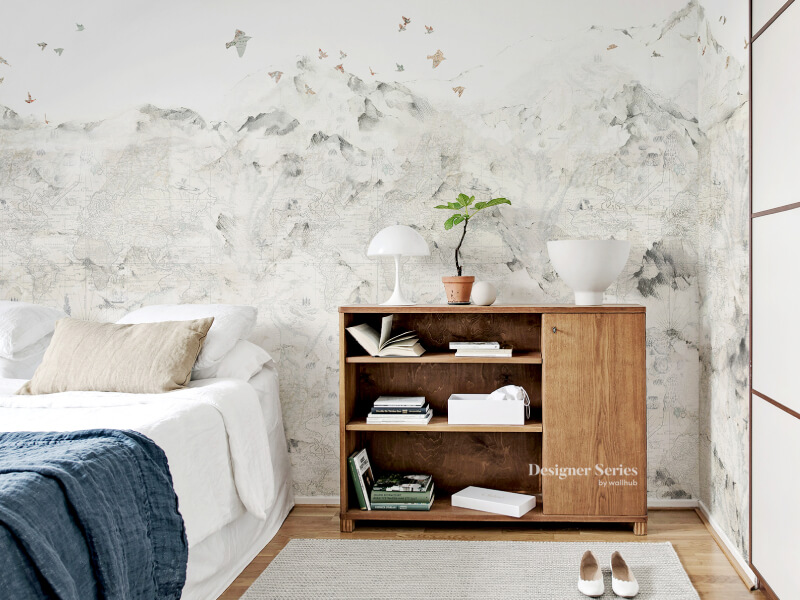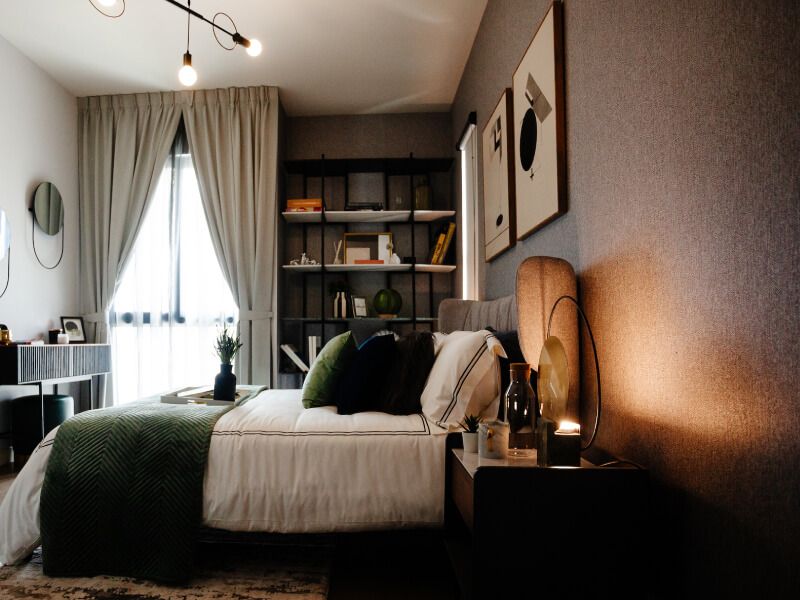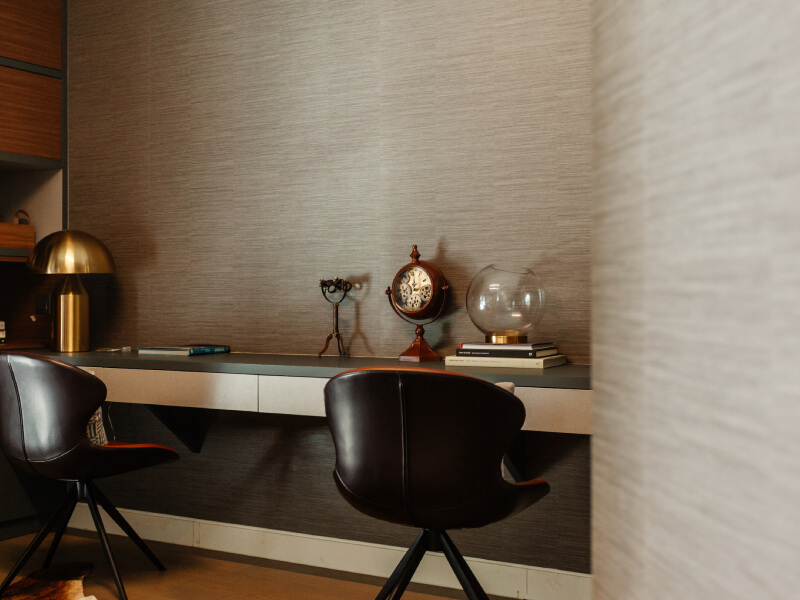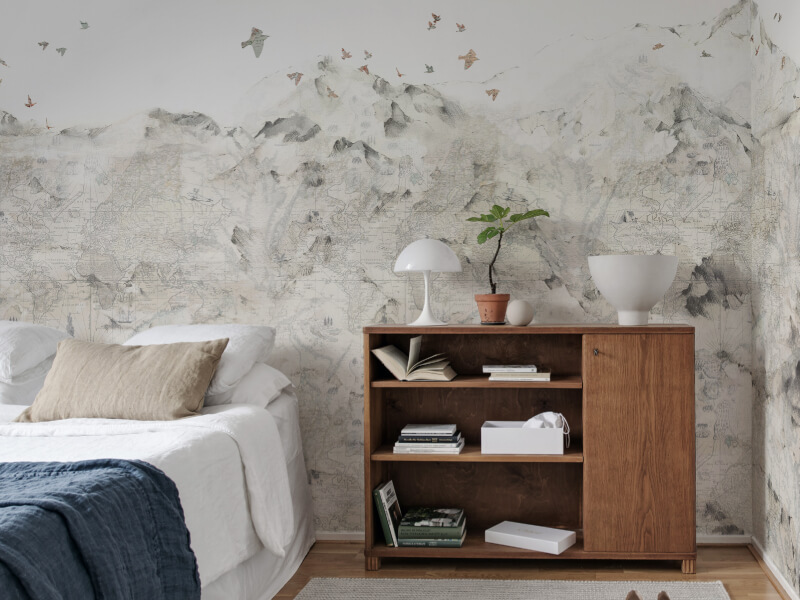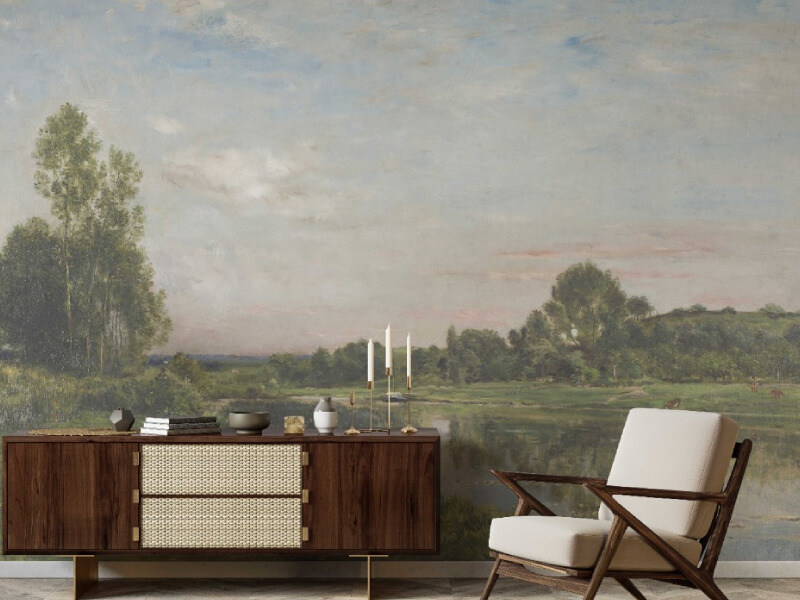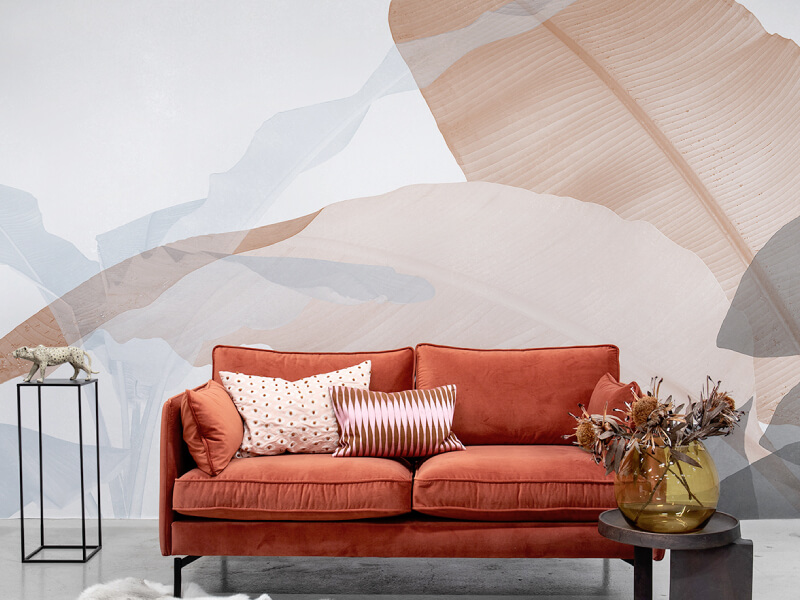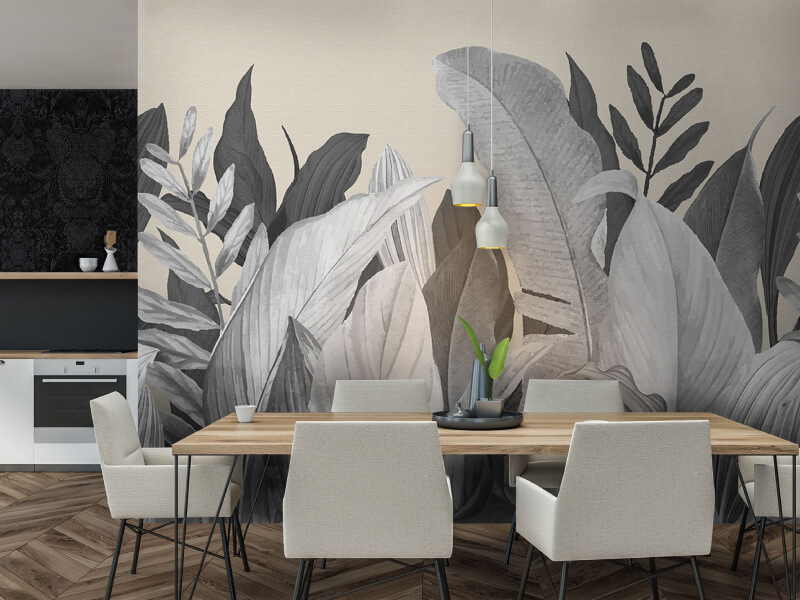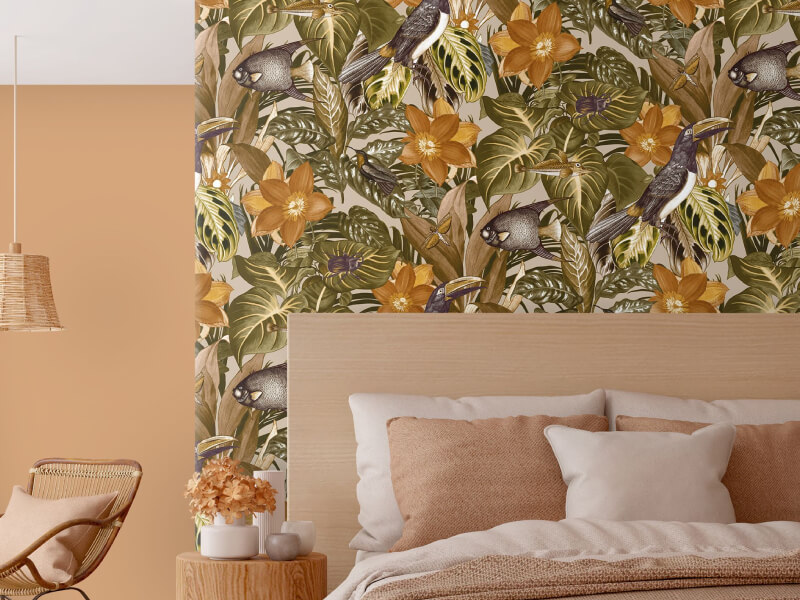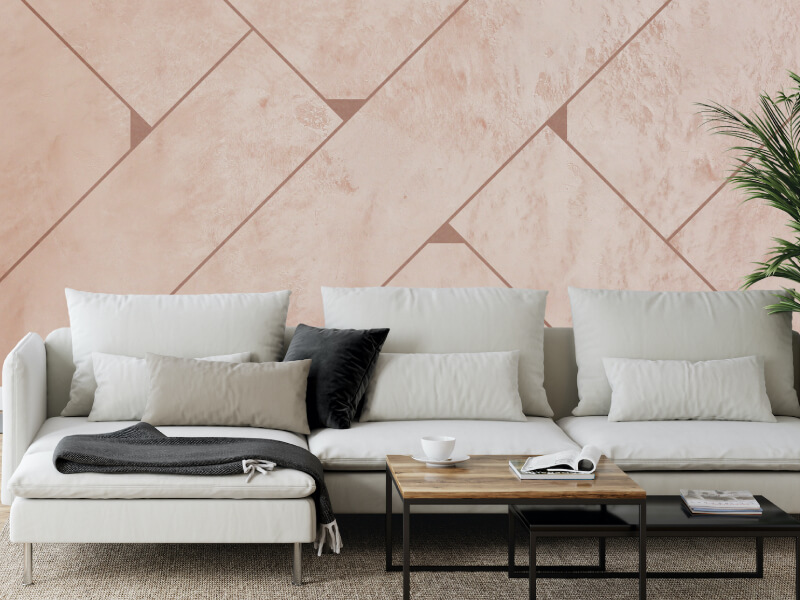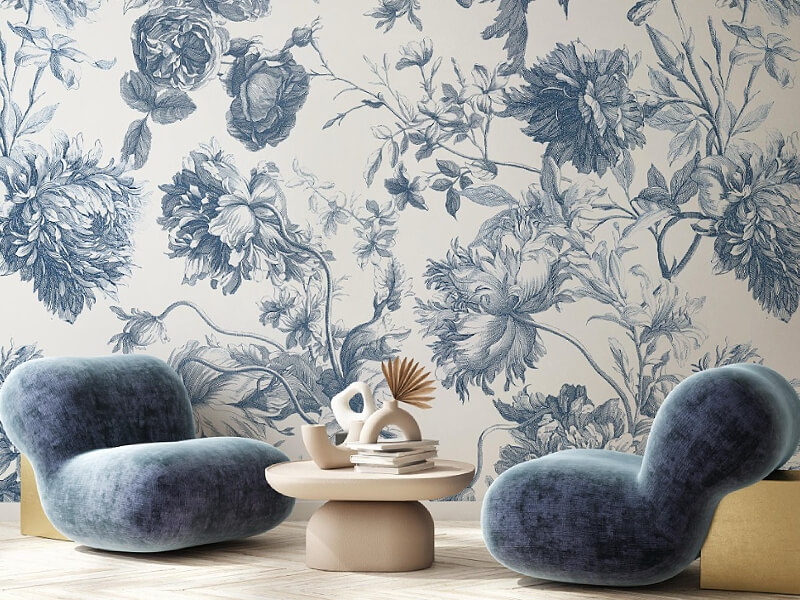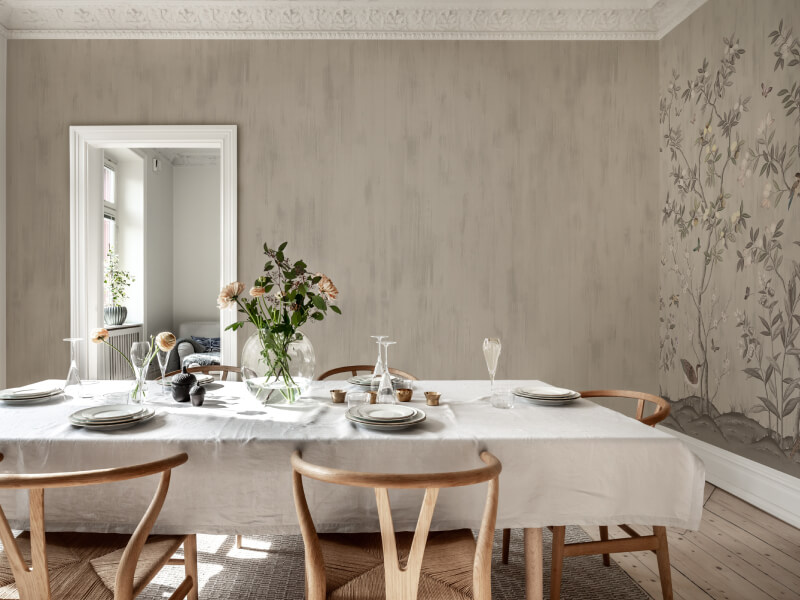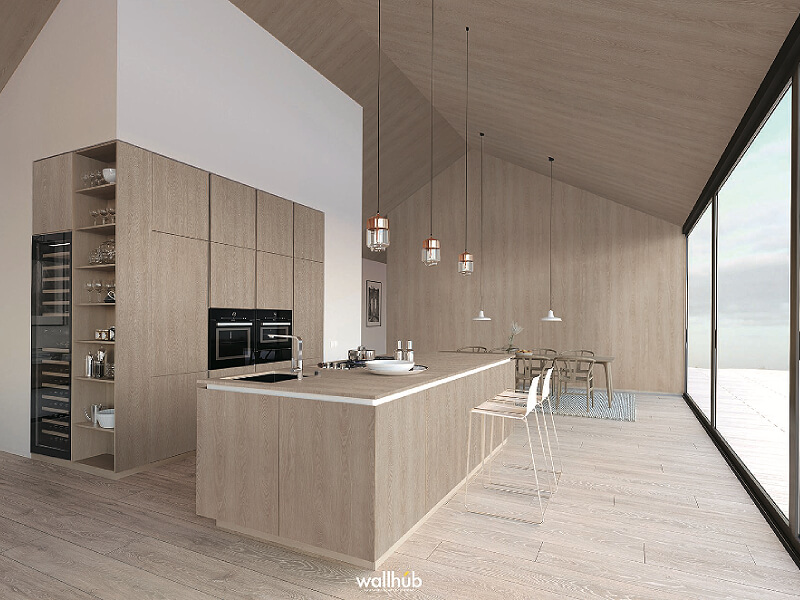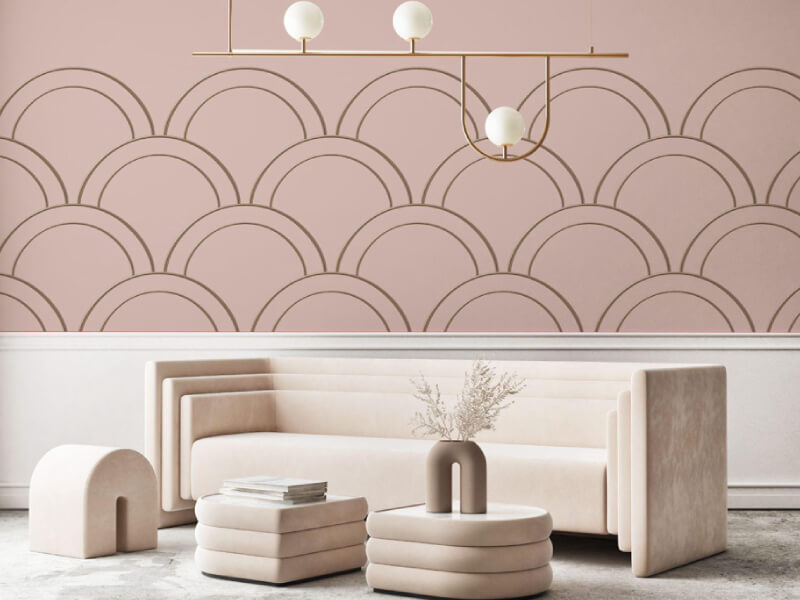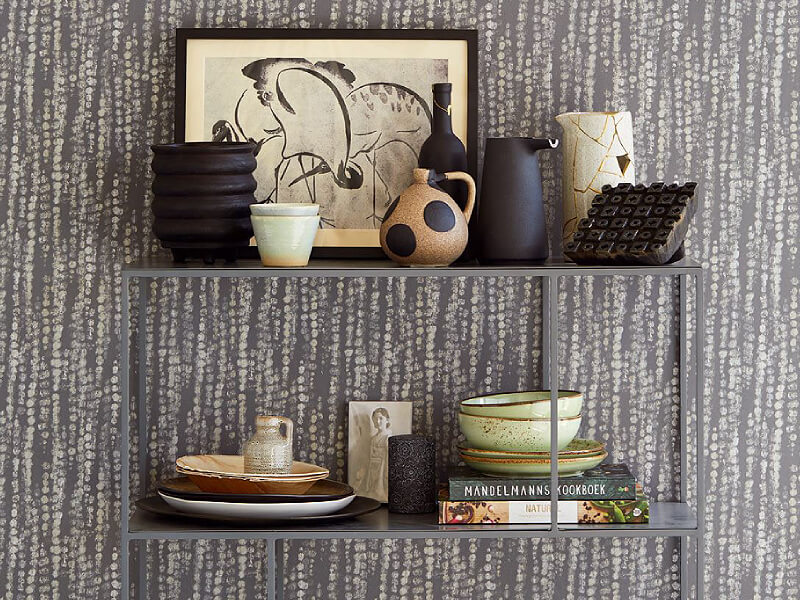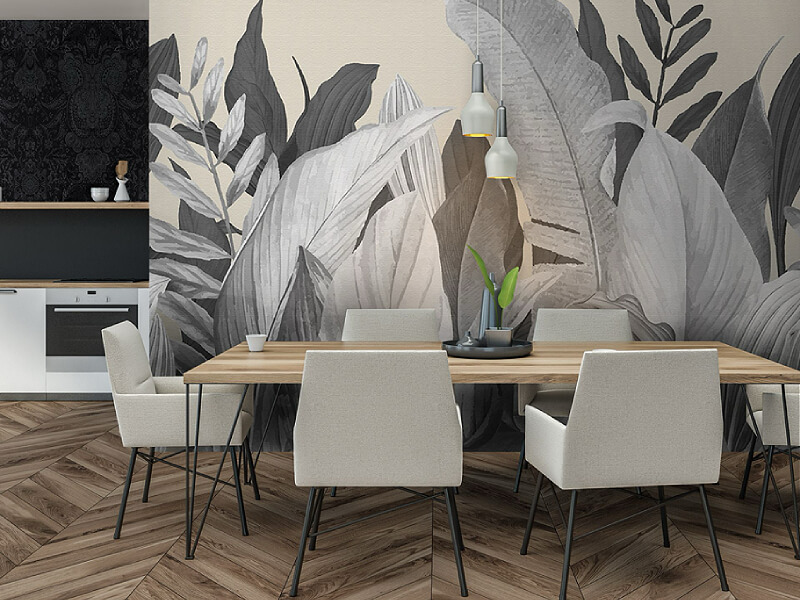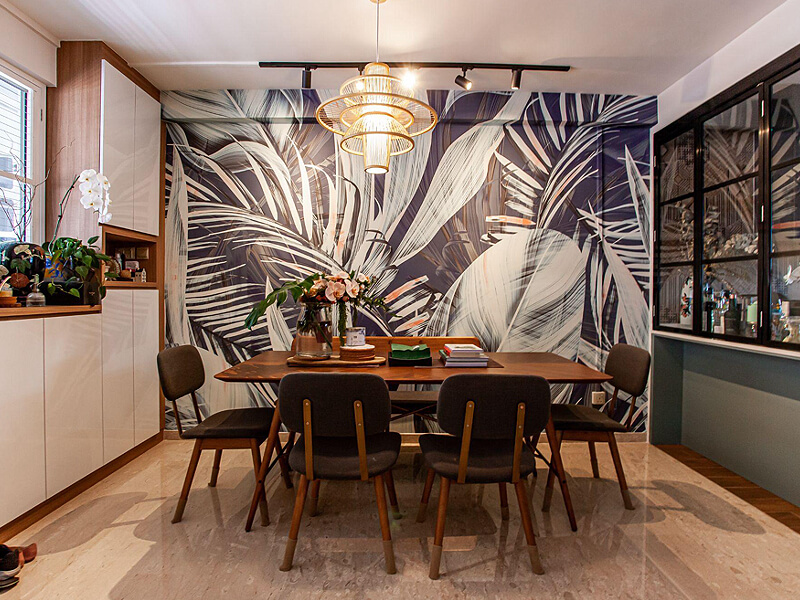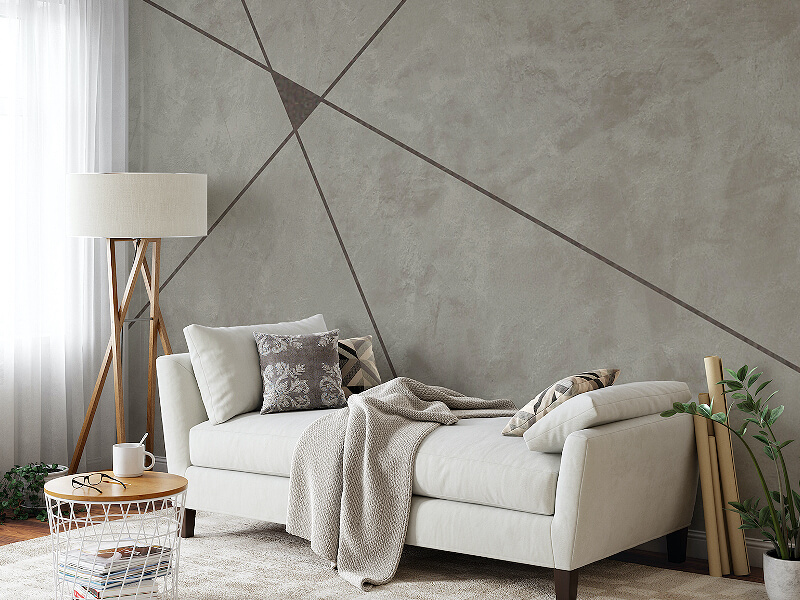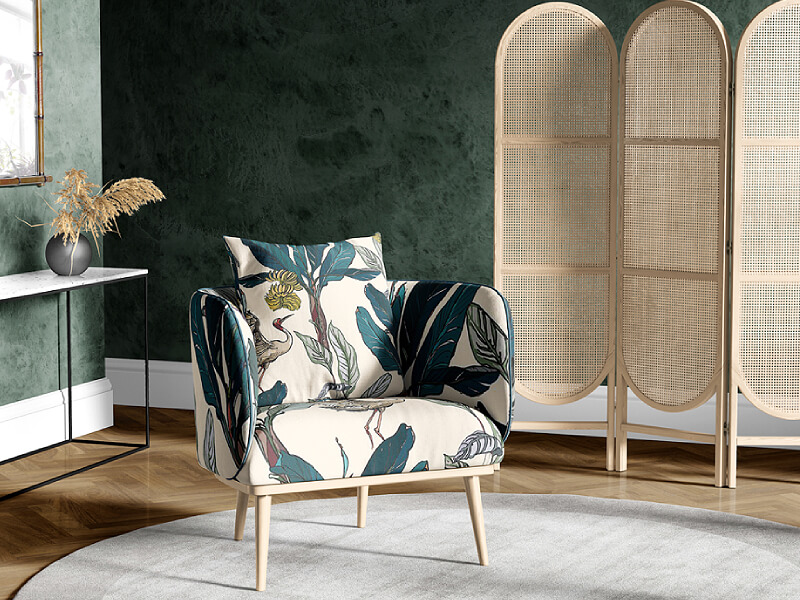Wallpapering can dramatically transform a room, adding texture, colour, and personality to otherwise plain walls. Wallpaper suppliers in Singapore can provide a wide variety of designs, materials, and styles to suit any décor preference. However, applying wallpaper behind shelves and bookcases presents unique challenges.
Here are four tips to make this task easier and more effective, ensuring a professional-looking result.
1. Plan and prepare your space
Before diving into the wallpapering process, thorough planning and preparation are essential. Begin by removing all items from the shelves or bookcases. If possible, detach the shelves from the unit to provide unobstructed access to the wall behind them. If the shelves are fixed, you’ll need to work around them carefully.
Next, clean the wall behind the shelves to ensure that it is free of dust, dirt, and grease, which can interfere with the adhesive properties of the wallpaper. If the wall has any imperfections, such as cracks or holes, repair them before you start. A smooth surface is crucial for achieving a flawless wallpaper application.
Measure the wall area behind the shelves precisely. Having accurate measurements will help you cut the wallpaper to the correct size, reducing wastage and ensuring a better fit. Additionally, take into account the pattern repeat of your wallpaper, which might require you to adjust your measurements slightly to ensure that the design lines up correctly.
2. Choose the right wallpaper
Selecting the right type of wallpaper is crucial for a successful project. Consider the environment where the wallpaper will be applied. For areas behind shelves and bookcases, a durable and easy-to-clean wallpaper is ideal, as these spaces can accumulate dust and might be challenging to clean.
Vinyl or washable wallpapers are excellent choices due to their durability and ease of maintenance. Similarly, vinyl flooring offers robust and low-maintenance options for your floors. If you prefer a textured or fabric wallpaper, make sure it is not too thick, as thicker wallpapers can be difficult to apply and may not adhere well to the wall.
Additionally, think about the design and colour of the wallpaper. Lighter colours and subtle patterns can make a space feel more open and airy, while darker colours and bold designs can add depth and drama. Choose a budget-friendly pattern that complements the overall decor of the room and the items that will be placed back on the shelves.
3. Apply the wallpaper with precision
Applying wallpaper behind shelves and bookcases requires precision and patience. Here’s a step-by-step guide to help you achieve a professional finish:
Cut the wallpaper to size: Using your measurements, cut the wallpaper into manageable strips. Leave a little extra length at the top and bottom to ensure a perfect fit and to allow for trimming.
Apply adhesive: If you are using traditional wallpaper, apply the adhesive to the back of the wallpaper strips. For peel-and-stick wallpaper, remove the backing carefully.
Position the wallpaper: Start from the top and align the wallpaper strip with the edge of the wall. Use a level to ensure that it is straight. Smooth the wallpaper onto the wall, working from the center outwards to remove any air bubbles.
Trim the excess: Once the wallpaper is in place, use a sharp utility knife to trim the excess at the top and bottom. Be careful not to cut into the wall or the adjacent shelves.
Work around fixed shelves: If you have fixed shelves, you’ll need to cut the wallpaper to fit around them. Measure the spaces between the shelves and cut the wallpaper accordingly. Use a small brush or roller to smooth the wallpaper around the edges of the shelves.
4. Finishing touches
After applying the wallpaper, take the time to inspect your work and make any necessary adjustments. Smooth out any remaining air bubbles or wrinkles using a wallpaper smoothing tool or a clean, dry cloth. Pay special attention to the edges and corners to ensure that the wallpaper is securely adhered to the wall.
Once you are satisfied with the wallpaper application, reattach any removable shelves and place your items back on them. Arrange your books, decor, and other items thoughtfully to complement the newly wallpapered backdrop.
To maintain the beauty of your wallpapered wall, clean it regularly by dusting or wiping with a damp cloth, especially in areas that are difficult to reach.
Conclusion
Wallpapering behind shelves and bookcases can be a challenging task, but with careful planning, the right materials, and precise application, you can achieve a stunning and professional result. By following these four tips, you’ll be able to transform your space, adding character and charm to your walls while showcasing your personal style.
